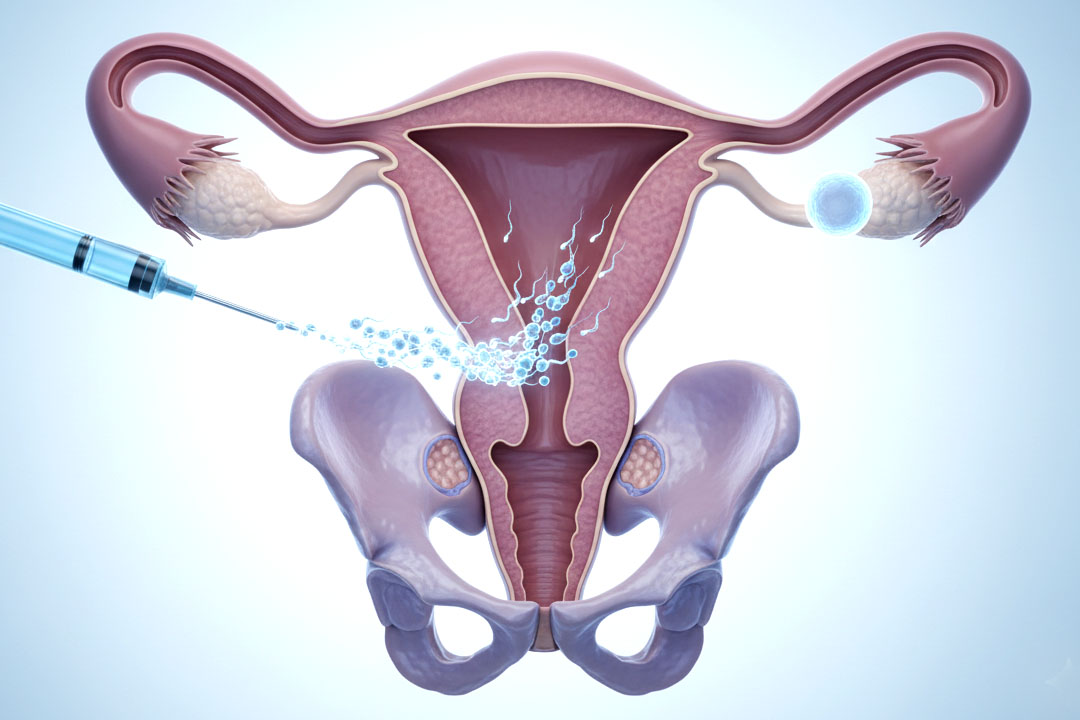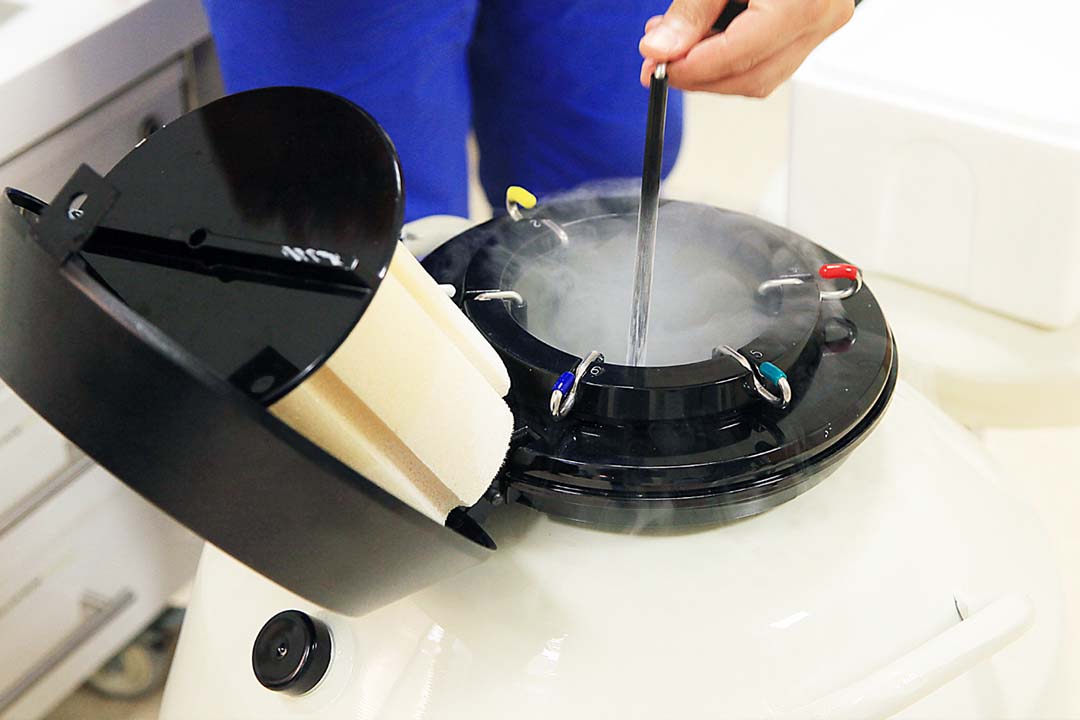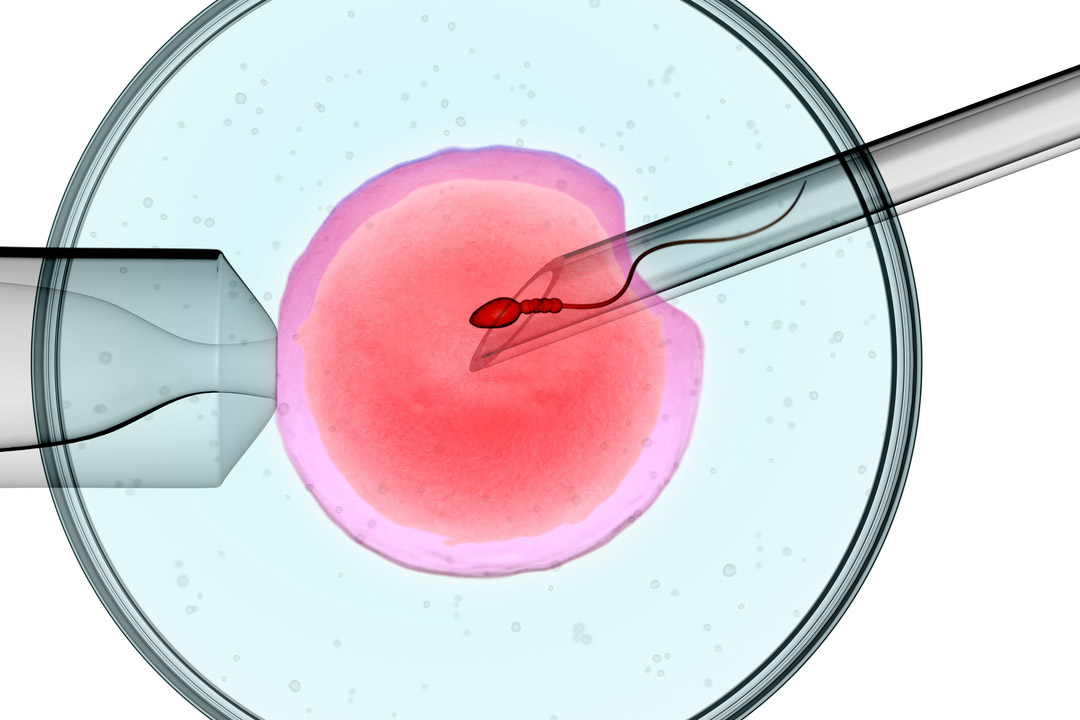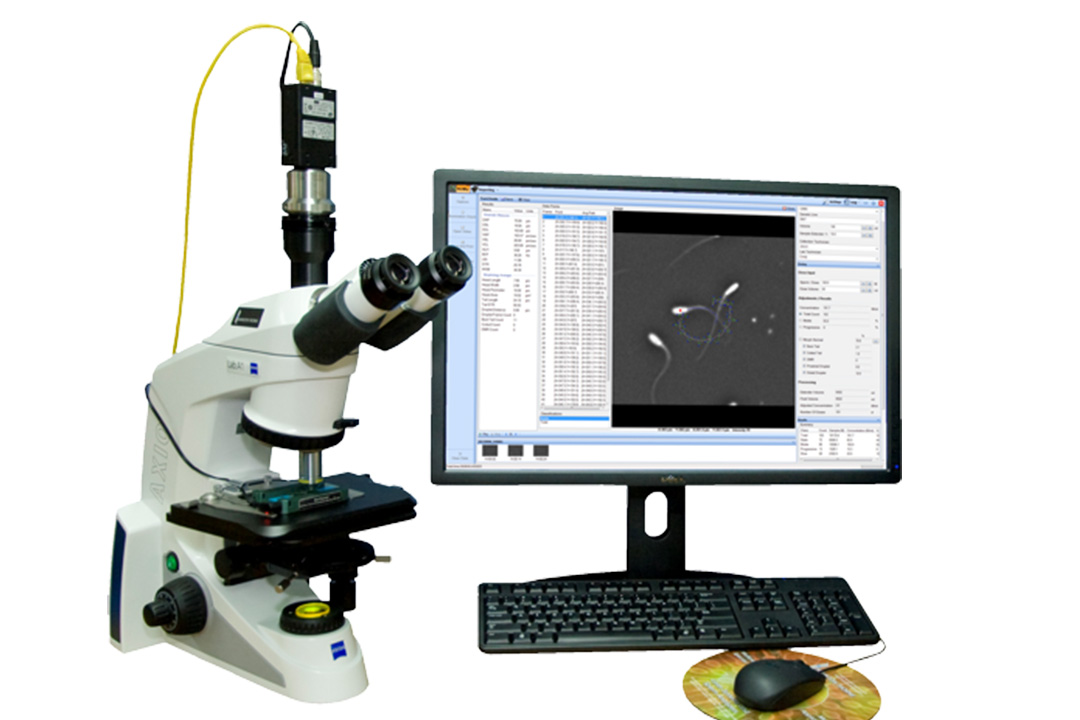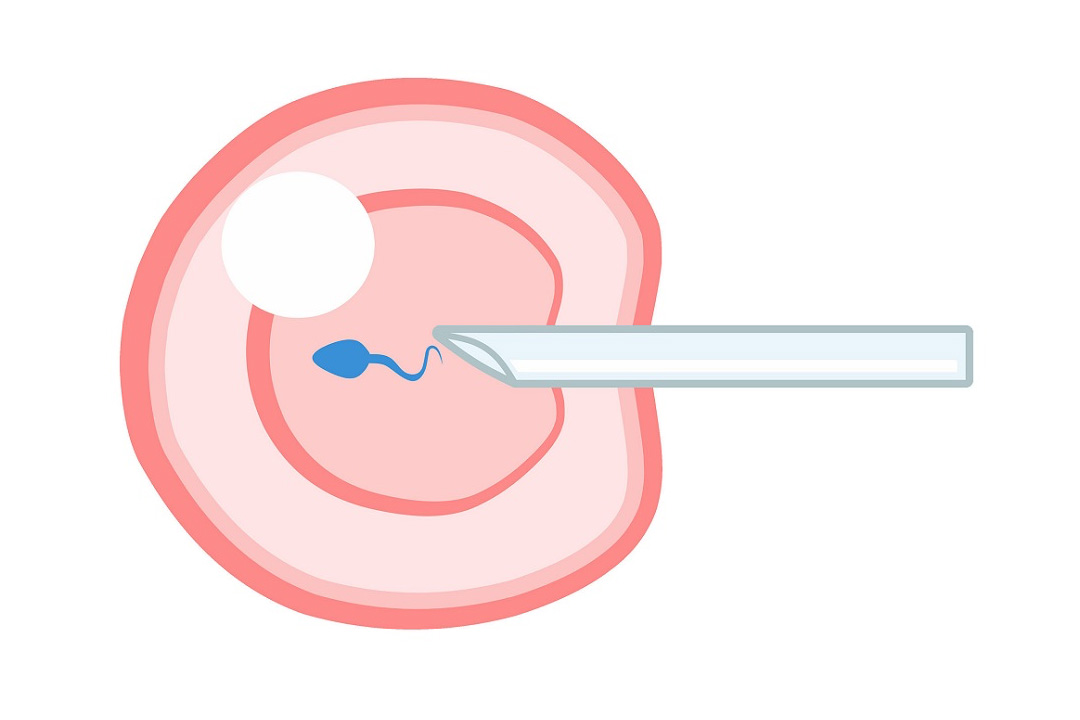Understanding the Triple Marker Test: Importance, Procedure, and What to Expect
The triple marker test is a form of prenatal scanning used to estimate the risk related to chromosomal abnormalities and neural tube defects. The test takes measurements for three chemicals in the mother's blood: AFP, hCG, and estriol.
Essentially, these measurements inform the baby's health and help in diagnosing differences at an early stage and making informed decisions about the pregnancy.

What is a Triple -Marker Test?
The triple marker test, also referred to as the triple marker blood test, is a type of prenatal screening test carried out in a pregnant woman.
It determines the risk associated with the baby having some specific chromosomal abnormalities. What the test does is assess levels of three specific substances in the mother's blood.
- Alpha-fetoprotein (AFP): A protein produced in the baby's liver.
- Human Chorionic Gonadotropin (hCG): This hormone is produced by the placenta.
- Unconjugated estriol (uE3): An estrogen produced by the placenta and the baby’s liver.
This test can give a sense of overall baby health and development by taking a look at those markers; it can even detect conditions like Down syndrome, Edwards syndrome, and neural tube defects.
Importance of the Triple Marker Test?
The triple marker test helps doctors identify any risk for potential complications early during the pregnancy. Though it won't or cannot diagnose anything, sometimes it can point out a higher risk for possible issues that would then be tested upon.
It is particularly important in women over 35, couples with a family history of disorders, and if ultrasounds indicate an abnormal development of the fetus. Advances in such detection mean better preparation and informed choice on the part of both parents and doctors.
When is the Triple Marker Test Done?
In fact, timing is of great importance to be able to achieve an accurate result. It is usually done between 15 and 20 weeks of pregnancy, although preferably at 16 to 18 weeks. This is the time of which, ordinarily, levels of AFP, hCG, and estriol are most dependable for interpretation.
If done too early or too late, the test results might not be accurate. Always follow your doctor's recommendation about the timing to ensure best results.
How Does The Triple Marker Test Function?
The test is simple and non-invasive. Here's what happens:
- A blood sample is taken from the mother’s arm.
- A sample taken is sent to a lab for the measurement of AFP, hCG, and estriol levels.
- Then they are compared to the normal values for that stage of pregnancy.
Pregnancies are qualified by end results like the age or weight of the mother, or ethnicity, or even the stage of pregnancy.
What are the Normal Values for a Triple Marker Test?
The triple marker test results are presented as a MoM (Multiple of Median) value. This value compares the levels of AFP, hCG, and estriol in the mother’s blood to what is considered average for that stage of pregnancy.
- AFP: Normal is between 0.5 and 2.5 MoM.
- hCG: Varies with gestational age; for the most part measures between 0.5 and 2.0 MoM.
- Estriol: Different ranges, but typically between 0.5 and 2.0 MoM.
Note: These numbers may differ from lab to lab. Any abnormal figures do not necessarily indicate anything is wrong, but it might remind them to conduct further testing like an amniocentesis or detailed ultrasound.
What Does a Positive Triple Marker Test Mean?
A 'positive' result doesn't mean the baby has a problem; it indicates an increased risk. For example:
- High AFP levels: This might indicate a neural tube defect with spina bifida.
- Low AFP and abnormal hCG/estriol levels: Might imply Down syndrome or Edwards syndrome.
If the results turn out to be positive, a doctor might refer a patient for several tests.
Normal Result of Triple Marker Test
A normal report, therefore, means the AFP, hCG, and estriol levels are all within the expected range for this stage of pregnancy. That is a sign of a normally developing baby and low risk for any of the conditions screened by the test.
However, no test is 100% accurate. A normal result does not exclude the possibility of chromosomal or developmental issues.
What are the Normal Values for a Triple Marker Test?
The triple marker test results are presented as a MoM (Multiple of Median) value. This value compares the levels of AFP, hCG, and estriol in the mother’s blood to what is considered average for that stage of pregnancy.
- AFP: Normal is between 0.5 and 2.5 MoM.
- hCG: Varies with gestational age; for the most part measures between 0.5 and 2.0 MoM.
- Estriol: Different ranges, but typically between 0.5 and 2.0 MoM.
Note: These numbers may differ from lab to lab. Any abnormal figures do not necessarily indicate anything is wrong, but it might remind them to conduct further testing like an amniocentesis or detailed ultrasound.
What Does a Positive Triple Marker Test Mean?
A “positive“ result doesn't mean the baby has a problem; it indicates an increased risk. For example:
- High AFP levels: This might indicate a neural tube defect with spina bifida.
- Low AFP and abnormal hCG/estriol levels: Might imply Down syndrome or Edwards syndrome.
If the results turn out to be positive, a doctor might refer a patient for several tests.
Normal Result of Triple Marker Test
A normal report, therefore, means the AFP, hCG, and estriol levels are all within the expected range for this stage of pregnancy. That is a sign of a normally developing baby and low risk for any of the conditions screened by the test.
However, no test is 100% accurate. A normal result does not exclude the possibility of chromosomal or developmental issues.
The Triple Marker Test for Pregnancy: What to Expect?
Expecting mothers often fear this test, but an idea of what to expect can soothe fears:
No prior preparation is needed. You should be allowed to take normal meals and drinks before the test.
Procedure: It is an easy blood extraction that will take only a few minutes.
Results: Typically available within a week. Your doctor will explain what the results mean and discuss any next steps.
How Much Will a Triple Marker Test Cost?
The triple marker test varies across labs and locations. The average cost of this test in India ranges between ₹1,000 to ₹3,000. It might be more expensive in other countries. One would be best off consulting their healthcare provider or insurance company for coverage and out-of-pocket costs.
What Happens If the Triple Marker Test is Abnormal?
An abnormal result doesn’t mean there’s definitely a problem. It’s a screening test, not a diagnostic one. If the results show an increased risk, your doctor might suggest:
- Amniocentesis: A test on amniotic fluid for genetic conditions.
- Detailed Ultrasound: To visualize any physical abnormalities in the baby.
- Further Counseling: Genetic counseling can help parents understand the risks and make informed decisions.
How Accurate is the Triple Marker Test?
Triple marker tests can detect another related condition like Down's syndrome about 70-80% of the time. So that's far from definitive, but it can certainly give a fair idea if further testing is necessary. Important to note is that false positives and false negatives can occur.
What is the Difference Between a Triple Marker Test and A Quadruple Marker Test?
Both tests are similar; it differs in that one detects four markers compared to the triple marker test, and this 'fourth' marker inhibin-A can have a further increased detection accuracy rate of specific conditions. It is sometimes recommended that a quadruple test be done especially if results from the triple marker test are inconclusive.
FAQs Concerning the Triple Marker Test
- Is the triple marker test Mandatory
It is an optional facility but very much recommended for the women of high-risk pregnancy complications. - Can the test ascertain all birth defects?
It detects some chromosomal and neural tube defects but does not detect all conditions. - Are there risks associated?
Again, this test is only a blood test which poses no risk for both mother and baby.
Conclusion
One of the tools to check the baby's health condition is the triple marker test. It could help its users express potential risks that then make and inform appropriate parental and doctor decisions.
Although it cannot be considered as a diagnostic tool, it first specifies possible complications that can arise. Always discuss your concerns and results with your doctor to understand what's best for you and your baby.
About Us
AKsigen IVF is a premier center for advanced fertility treatments, with renowned fertility experts on our team. Specializing in IVF, ICSI, egg freezing, and other cutting-edge reproductive technologies, AKsigen IVF is committed to helping couples achieve their dream of parenthood. With personalized care and a patient-first approach, AKsigen IVF provides comprehensive fertility solutions under one roof.



















